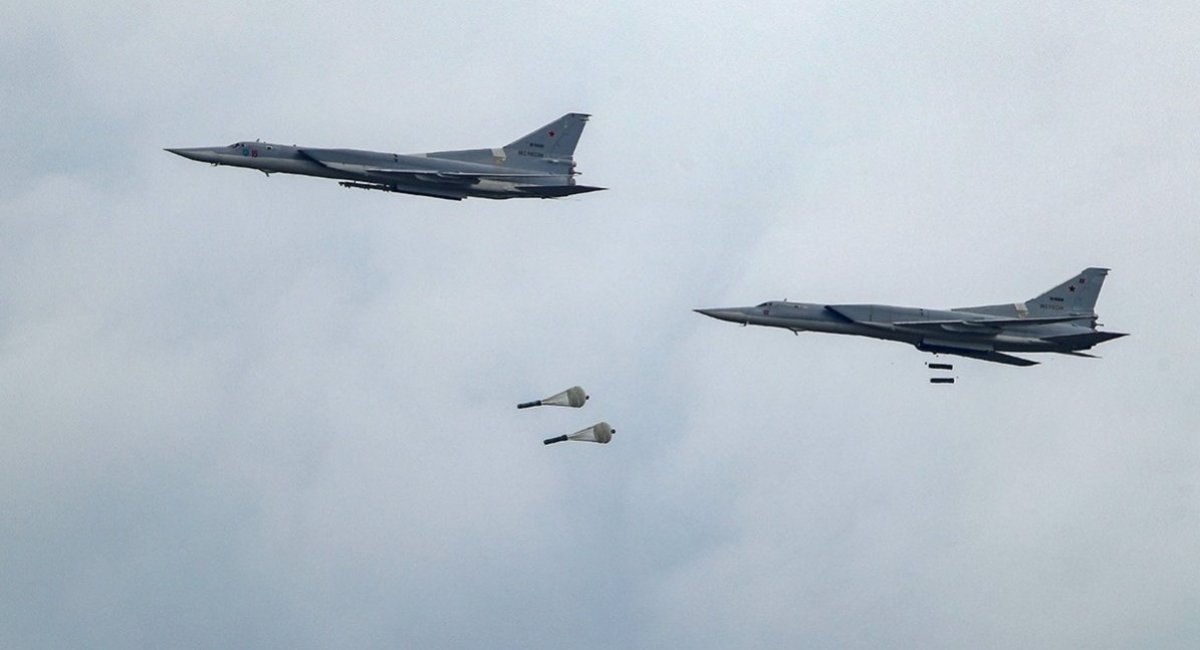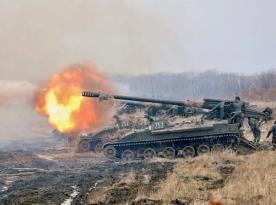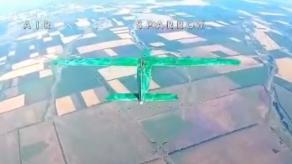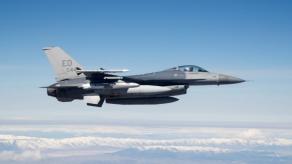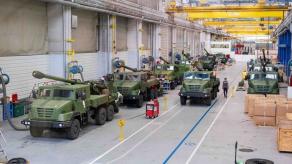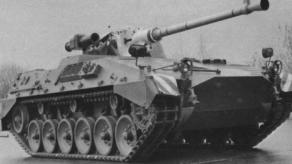The National Resistance Center, established by Ukrainian military special force, has published an internal communication document belonging to the Aerospace Forces of russia (VKS). The work order contains 2024 plans for production and distribution of guided and unguided air-launched weapons.
On an important note from Defense Express, the document does not comprise the entire conclusive data. It's signed by the head weapon acquisition officer of the 94108-K, and it covers the plans of allocating 19 items among just 14 military units, that is, only part of units of the russian VKS.
Read more: The UK Defense Intelligence Analyzes the AS-24 KILLJOY Air-Launched Ballistic Missile

Nonetheless, the order mentions some interesting places, like Engels, Mozdok-2 or Shaykovka air bases, as well as Bazarny Syzgan-1 and Knorring weapons depots.
We can sort out the data the following way:
- Kh-31PM, Kh-59M2A, Kh-38ML, Kh-29TD guided missiles (404 units total), and
- UPAB-1500 guided bombs (191 units)
go to the storage base Bazarny Syzgan-1 in the Ulyanovsk Oblast. Then, FAB-1500 dumb bombs (100 units) go to warehouses of the Nizhny Ingash base in Krasnoyarsk Krai.
Speaking of long-range weapons, Kh-101 missiles, labeled here as Product 504AP will be delivered to the military unit indexed 85927-B Tver-2. Although it has a similar index with the active Engels air base (85927-B) hosting the 121st Guards Heavy Bomber Aviation Regiment, it has different additional letter indexes. The Tver-2, unsurprisingly, is located in the city of Tver, and it's another equipment storage base.
This way we are getting close to active operating bases. The actual Engels base, meanwhile, will receive ABSP-3000 dumb bombs of a 3,000 kg weight, in the quantity of 600 units.
Next, 115 missiles of the Kh-32 (modernized Kh-22) type will be delivered to Shaykovka and Belaya air bases where the carriers of these missiles, the Tu-22M3 bombers, are deployed.
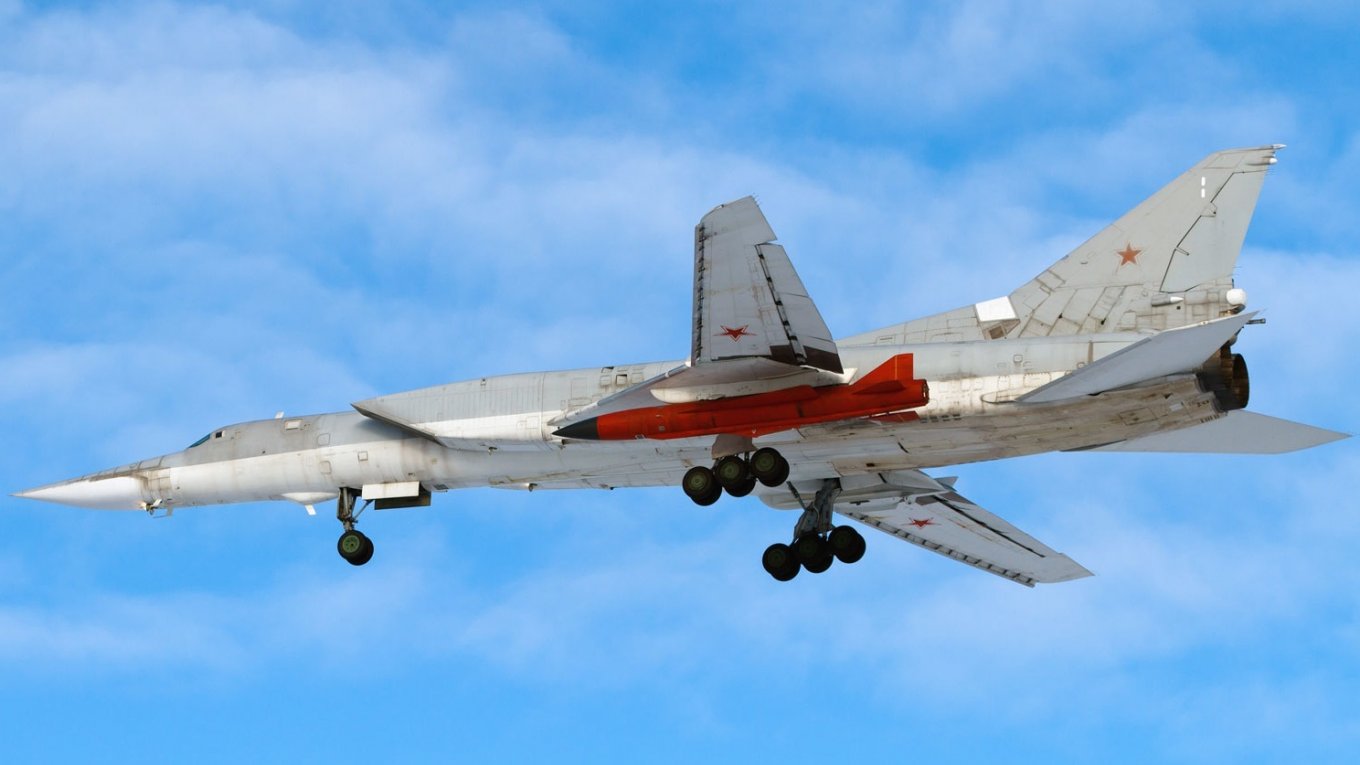
Now we have to take a step back and break down the allocation of S-8 and S-13 unguided rockets — the most numerous items with a gross quantity of total 200,000 units. Mostly, the plan distributes them among storage bases, but we need to pay close attention to the S-8KL type specifically.
The S-8KL is a relatively new rocket derived from the S-8. The key features are the new cluster warhead and a longer operational range. It was first demonstrated just recently in 2023, with development completed in 2022. Reports say it is equipped with a 7.3-kg warhead and consists of 24 submunitions combining shaped-charge and fragmentation effects, sort of a "multi-tool" against both enemy lightly armored vehicles and manpower. The range of this missile is stated to be more than 4 km.
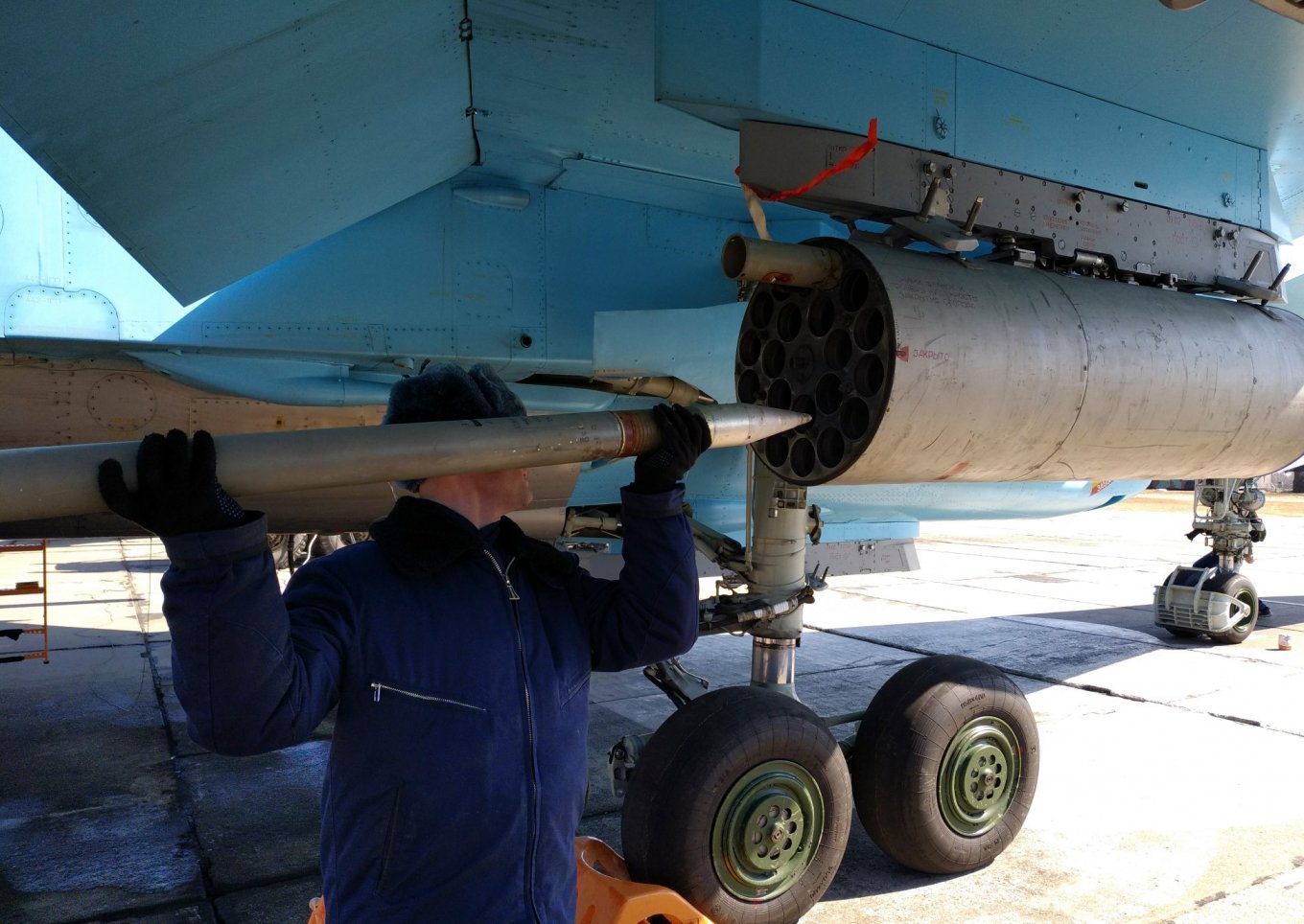
According to the document, 5,000 S-8KL rockets should be sent to Dzhankoi in the occupied Crimea in Ukraine where russians keep an air base. Another 5,000 will be put to storage in Torzhok, Tver Oblast, where the 344th Center for Combat Employment and Retraining of Personnel of Army Aviation is located.
Notably, the use of cluster-warhead unguided rockets with their wide damage radius compensates for the low accuracy when launched during the pitch-up maneuver. Potentially, 5,000 such rockets convert into 125 combat sorties from Dzhankoi to the southern front of the war against the Ukrainian Defense Forces, considering a standard load of two rocket pods per each departure.
Read more: The Ukrainian Air Force Neutralizes Trio of russian Su-34 Aircraft Over the Southern Front




